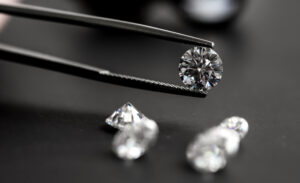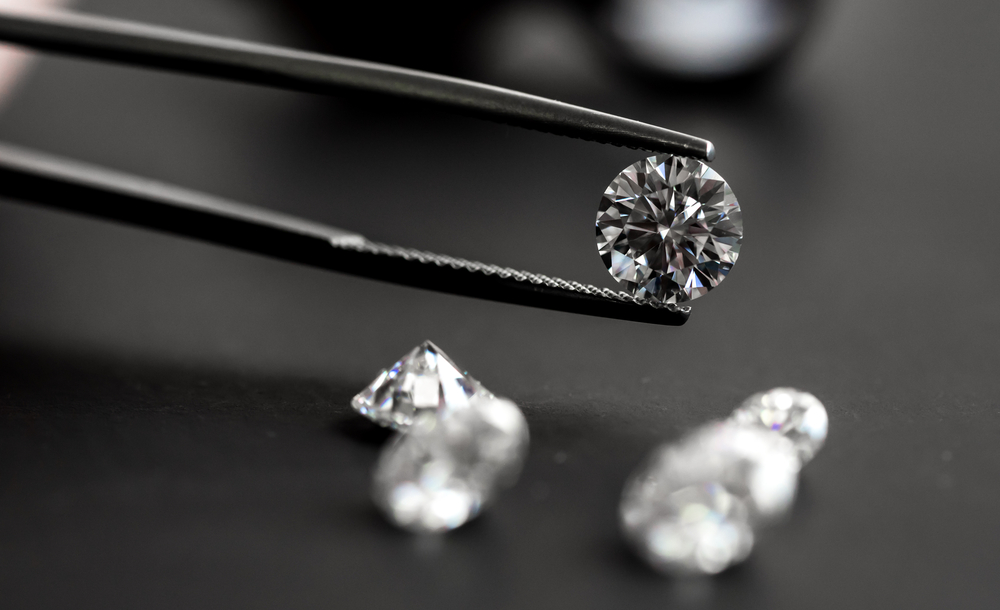
There has been some uncontrolled comparison between artificial diamonds and natural diamonds over the last few years. As lab grown diamonds have become more secure in the jewelry market, it is more important to have a sound idea about how they differ from natural diamonds. Here, we will debunk some myths about artificial diamonds so that you can make more informed decisions about buying diamond rings or other diamond jewelry pieces.
Artificial Diamonds Are Non-Synthetic Diamonds
This is a myth about diamonds made in laboratories. The term synthetic refers to the artificial attributes of the product that mimics the features of a natural diamond. It is the right term to describe lab-made diamonds. On the other hand, gemstones like moissanite and cubic zirconia are diamond imitations or diamond simulants and are unlike diamonds.
Artificial Diamonds Are Much More Sustainable
Three years ago, the FTC warned many artificial diamond suppliers about deceptive advertising as well as reprimanded their use of words like sustainable and eco-friendly. As per the Federal Trade Commission, it was not likely those claims from the suppliers could be proven.
There have been many attempts to compare the energy use of synthetic diamond and natural diamond sectors. The attempts often reveal that the energy use hinges considerably on the specific materials in production.
Studies do not consider metals involved in the artificial presses, the starting raw material, or treatment after lab-diamond growth. For instance, graphite is an environmentally damaging substance and is dangerous to mine, but it is essential to create HPHT diamonds.
Reportedly, HPHT diamonds use around 36 Kilowatt-hour per diamond carat, whereas CVD diamonds use anywhere between 215 and 591 kWh or more.
Artificial Diamonds Are Much More Ethical

The artificial diamond industry is unlikely to replace the international advantages of the mined diamond sector. This begs the question of which diamond type is relatively more ethical. Just because there are blood diamonds in the mined diamond sector, does it mean that it is not as ethical as the artificial diamond industry? Blood diamonds or conflict diamonds fund violent and/or illegal activities. Nevertheless, the mined diamond industry is not unethical.
Mined diamonds contribute to many different global communities. In 2016, the industry even contributed around $300 million to healthcare and educational programs. Diamond Producers Association members in Botswana support the educational needs of about 450,000 kids per year.
The takeaway is that one cannot use a blanket term to cover all mined diamonds or lab-made diamonds. There is an excessive limitation for real comparison between these diamond types, besides not enough transparency. There is a need for more truthful advertising that pays attention to the contribution that each diamond-type can make.
